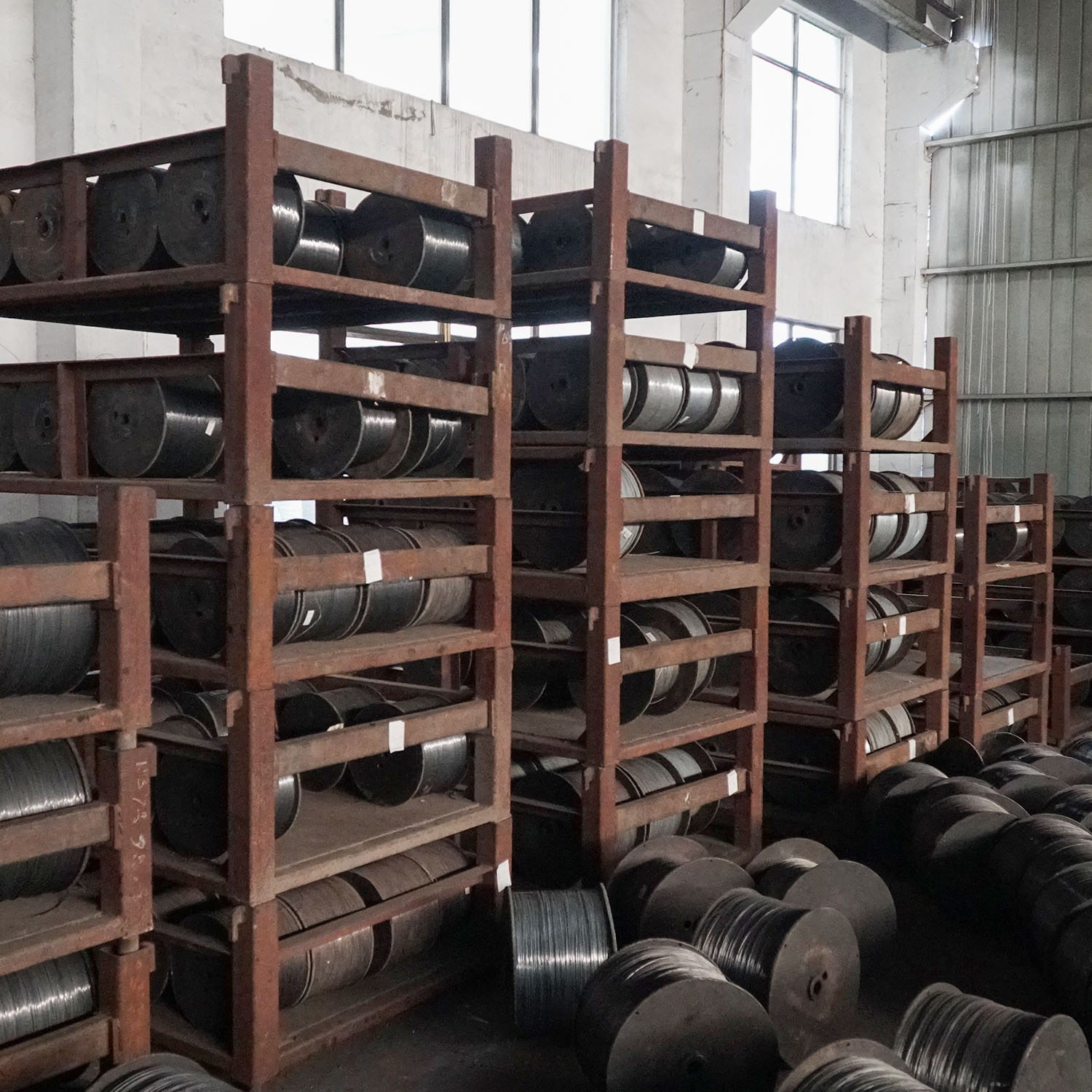Table of Contents
Understanding the Importance of Steel Wire Rope Specifications
Steel wire rope is a critical component in various industries, including construction, mining, and transportation. Its strength and durability make it an essential tool for lifting heavy loads and providing support in various applications. However, not all steel wire ropes are created equal, and understanding the importance of steel wire rope specifications is crucial for ensuring Safety and efficiency in operations.
One of the key aspects of steel wire rope specifications is the material used in its construction. Steel wire ropes are typically made from high-strength Carbon Steel, which provides the necessary tensile strength to withstand heavy loads. The grade of steel used in the wire rope will determine its overall strength and durability, so it is essential to select the appropriate grade for the intended application.

In addition to the material, the construction of the steel wire rope also plays a significant role in its performance. The number of strands and wires used in the rope, as well as the lay direction and core type, all impact the rope’s flexibility, strength, and resistance to abrasion. Understanding these construction specifications is essential for selecting the right steel wire rope for the job.
Another critical aspect of steel wire rope specifications is the diameter and length of the rope. The diameter of the rope will determine its load-bearing capacity, with larger diameters typically able to support heavier loads. The length of the rope is also important, as it will determine how much slack is available for lifting or pulling operations. Selecting the correct diameter and length of steel wire rope is essential for ensuring safety and efficiency in operations.
Furthermore, the breaking strength of the steel wire rope is a crucial specification to consider. The breaking strength is the maximum load that the rope can withstand before failure, and it is essential to ensure that the rope’s breaking strength exceeds the maximum load it will be subjected to in operation. Failure to adhere to this specification can result in catastrophic accidents and injuries, making it imperative to select a steel wire rope with an appropriate breaking strength for the application.
In addition to these key specifications, there are other factors to consider when selecting a steel wire rope, such as corrosion resistance, fatigue resistance, and compliance with industry standards and regulations. Corrosion resistance is essential for ensuring the longevity of the rope, especially in harsh environments where exposure to moisture and Chemicals is common. Fatigue resistance is also crucial, as repeated bending and flexing can weaken the rope over time.
Compliance with industry standards and regulations is essential for ensuring the safety and reliability of steel wire ropes in various applications. Organizations such as the American Society for Testing and Materials (ASTM) and the International Organization for Standardization (ISO) provide guidelines and standards for the manufacture and use of steel wire ropes, and it is essential to ensure that the rope meets these standards to avoid accidents and liabilities.
In conclusion, understanding the importance of steel wire rope specifications is crucial for ensuring safety and efficiency in operations. By considering factors such as material, construction, diameter, length, breaking strength, corrosion resistance, fatigue resistance, and compliance with industry standards, organizations can select the right steel wire rope for their specific applications. Failure to adhere to these specifications can result in accidents, injuries, and costly downtime, making it essential to prioritize the selection of high-quality steel wire ropes that meet all necessary specifications.

